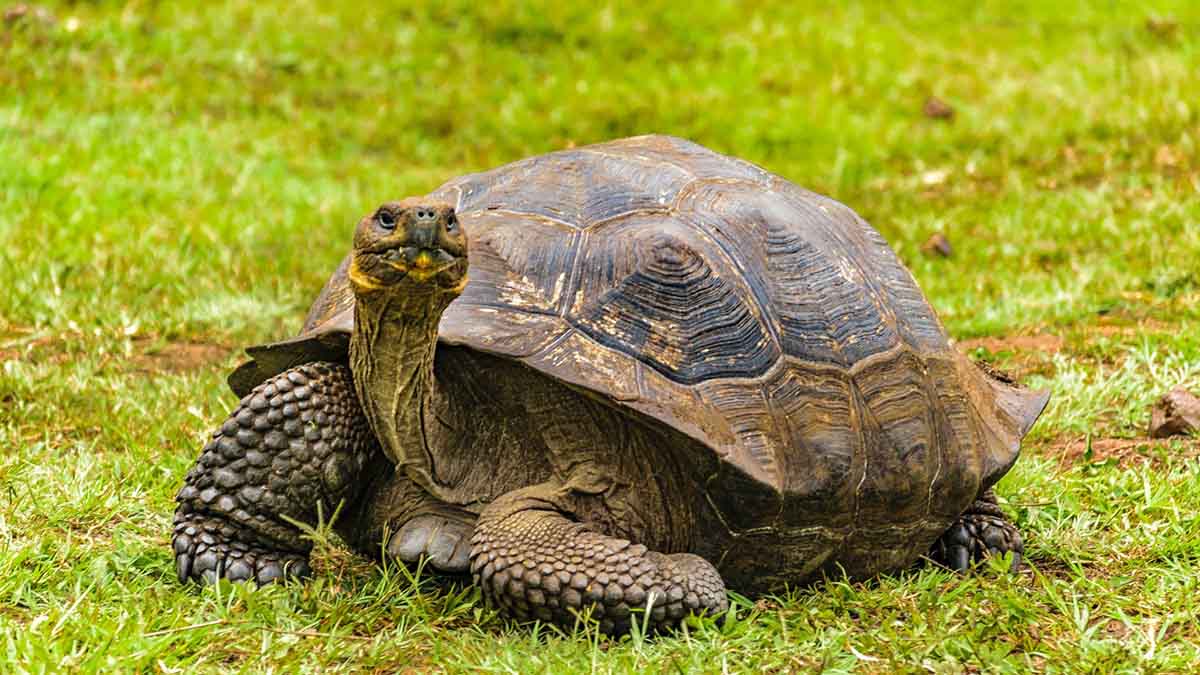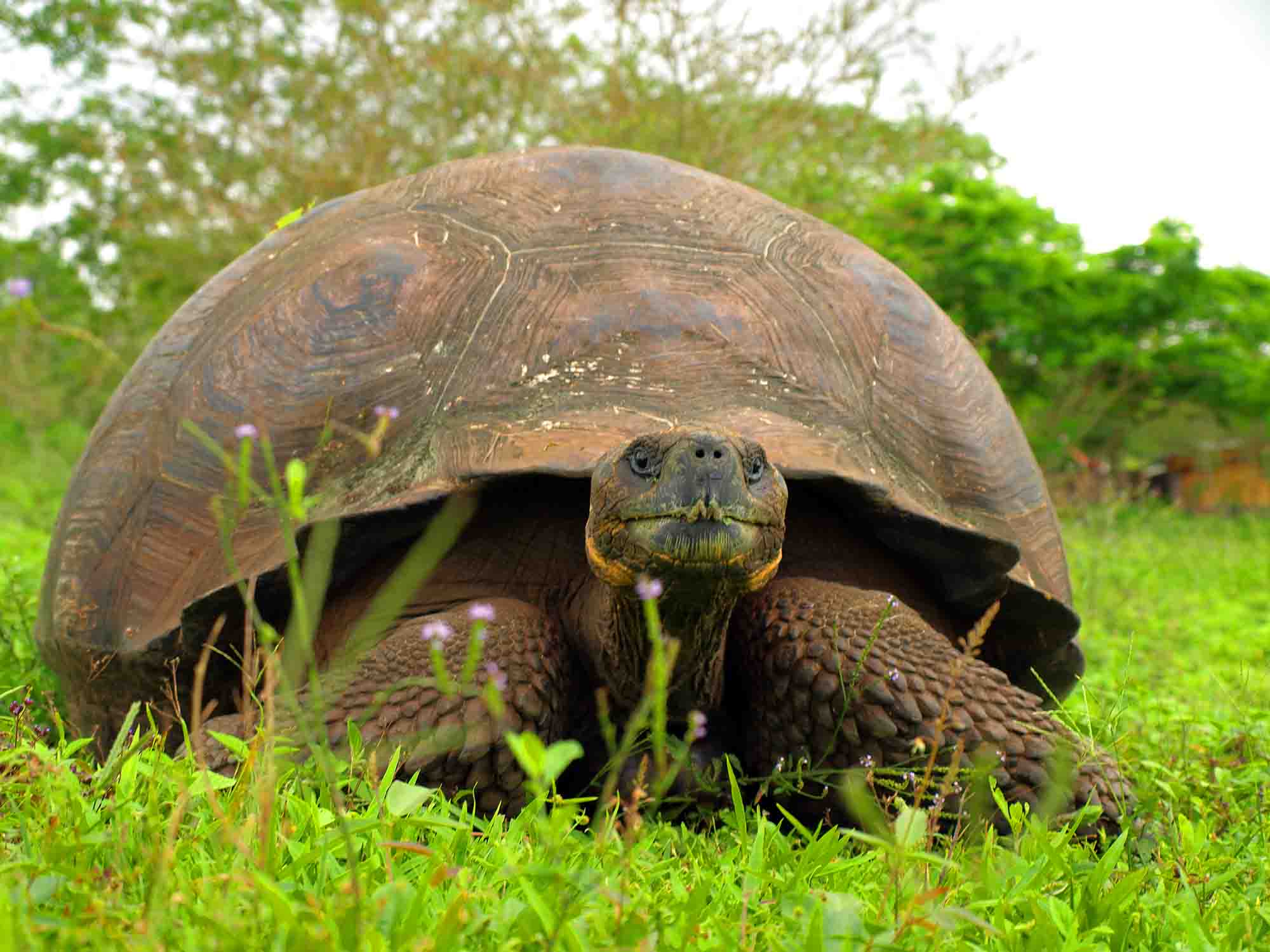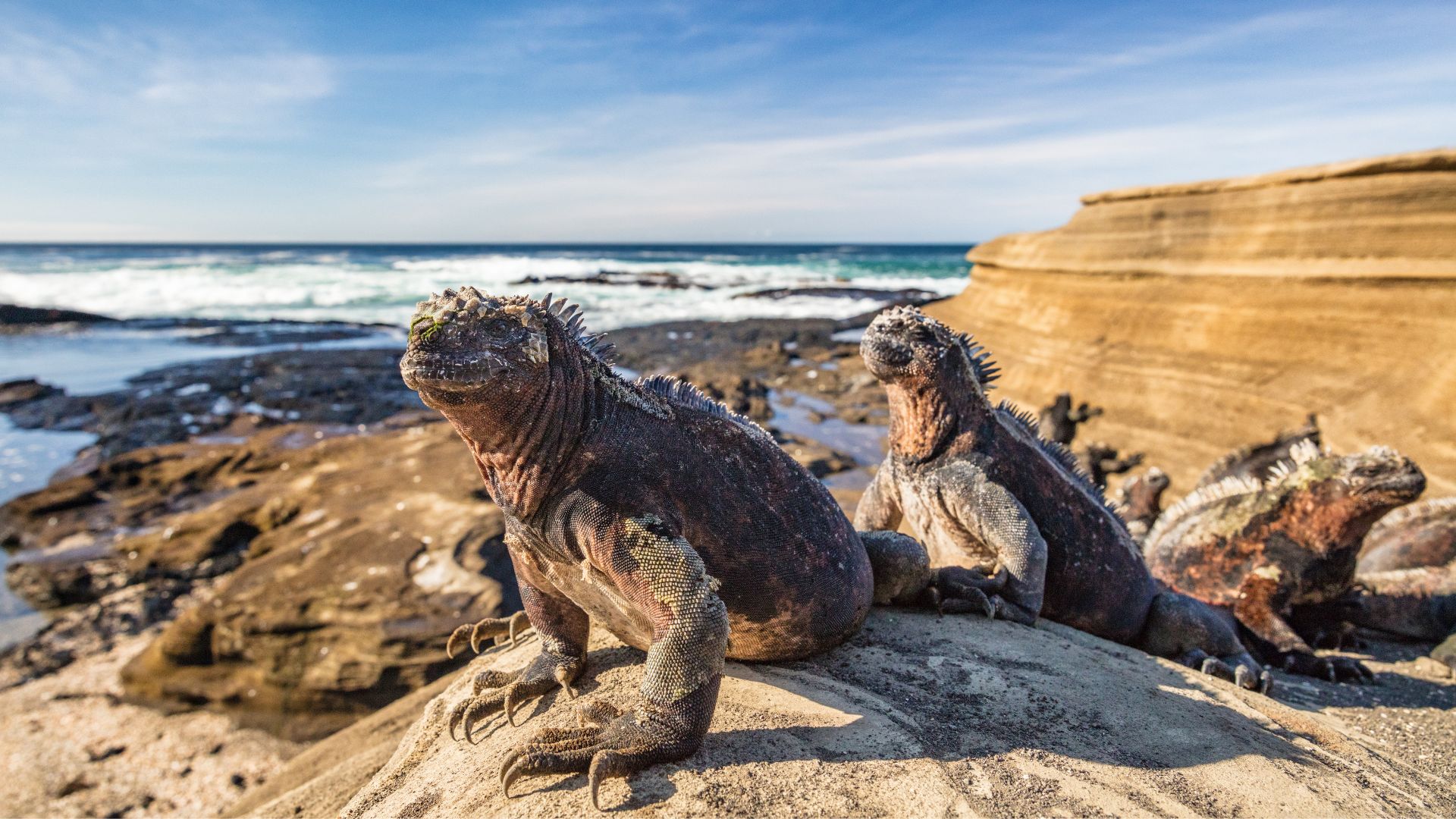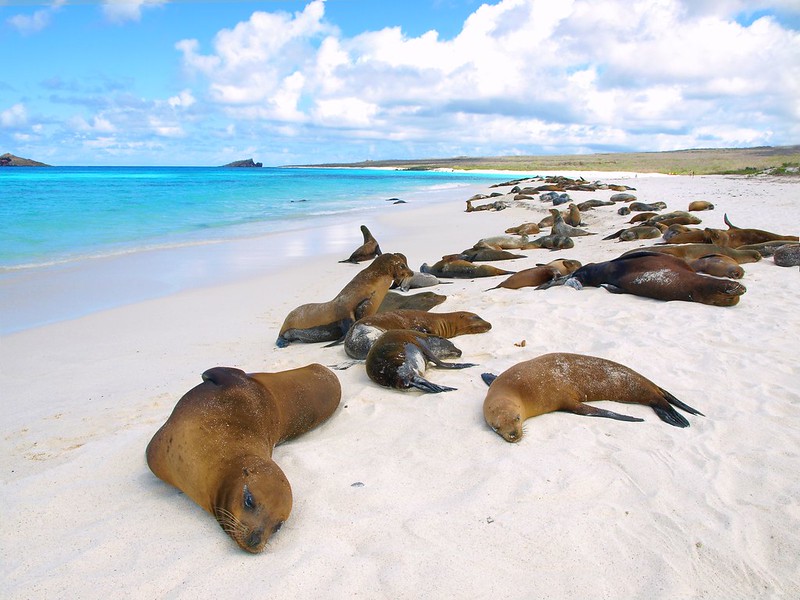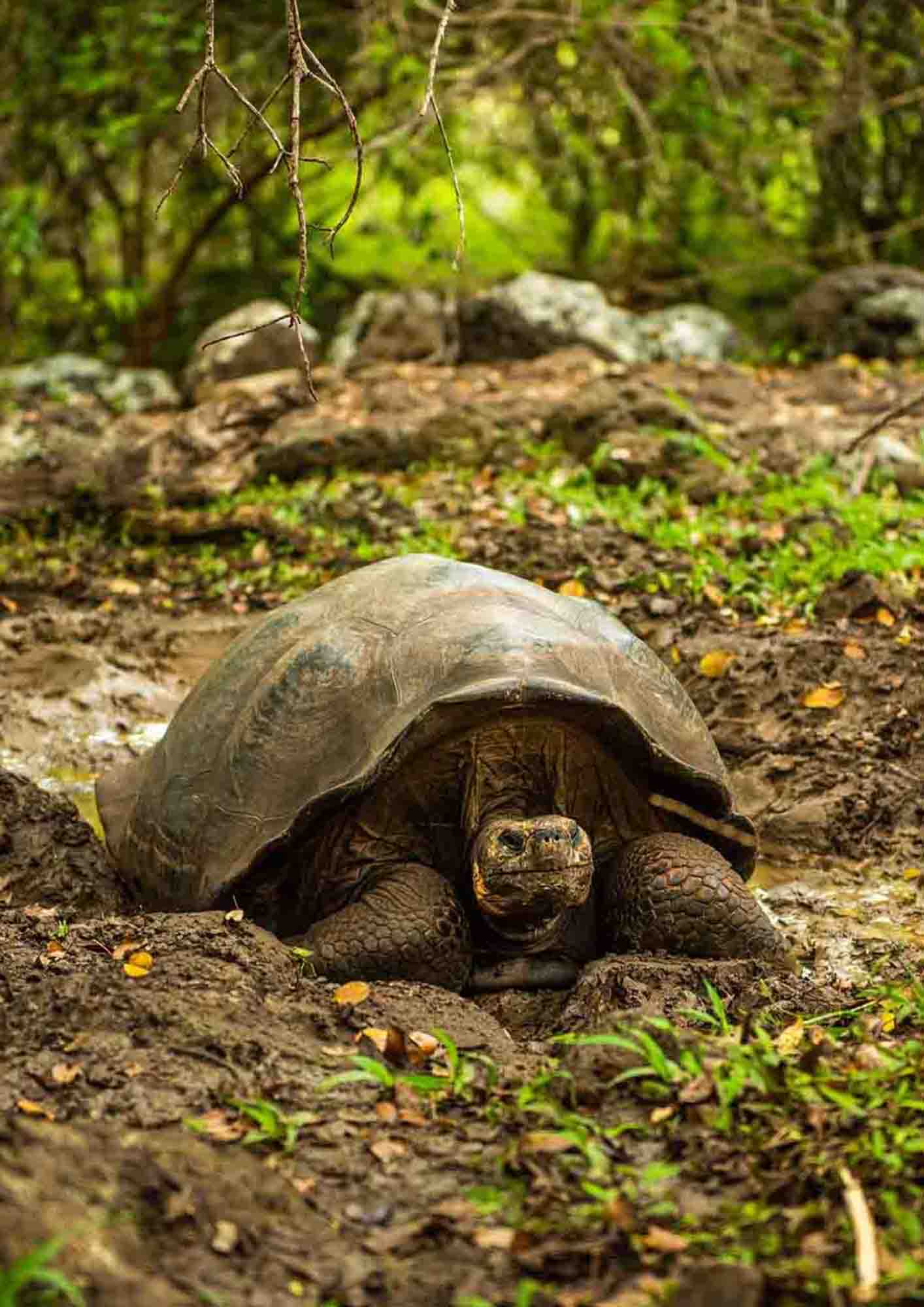Galapagos Cuises
Latin Trails has over 20 years of experience handcrafting trips to the Galapagos Islands. Presenting the comfortable catamaran Seaman Journey. Also, you can check out the availability and book online. Or if you prefer, you can contact us by mail to travel@latintrails.com.
A trip to Galapagos is a once-in-a-lifetime experience for most, and we understand how important it is that every detail of your trips comes off perfectly. There are many ways to enjoy the Galapagos islands and if you don’t see exactly what you’re looking for here, contact us and we’ll help you custom design the perfect combination of cruises, land tours, and hotels in order to fit your precise budget, schedule, and interests.

Galaxy Orion

Monserrat

Bonita

Calipso

Galapagos Angel

Grand Majestic

Galaxy

Seaman Journey

Eco Galaxy

Natural Paradise

Infinity

Alya

Horizon

Ocean Spray

Elite

Endemic

Galaxy Sirius

Hermes
Galapagos Tours
Discover the Galapagos Islands through our unique “island hopping” tours, offering an intimate way to explore this extraordinary place on earth. Each island is the summit of an underwater volcano, home to many species found nowhere else, allowing for unparalleled proximity to wildlife in their natural habitat.
Explore lava fields dotted with cacti and other colonizing plants that illustrate the incredible power of evolution. Be enchanted by the diverse bird life, especially the playful blue-footed booby and its joyful mating dance.
For those who prefer a cruise experience, we can help you choose the best expedition for your needs. While there are over 70 boats offering cruises, we manage the Seaman Catamaran directly. We’ll help you choose the perfect fit for your adventure. In addition, we can arrange accommodations ranging from luxury 5-star hotels to more economical options. Let us create an unforgettable experience for you in the Islands of Fire.
About Galapagos
- Information
- Map
- Flora
- Wildlife
- Weather
- Human History
- Natural History
Galapagos Islands information, an archipelago comprised of 19 islands located 1,000 km away from Ecuador’s coastline. Its vast marine ecosystem It sits on a marine area where three ocean currents meet, which accounts for its ecosystem. The relative isolation of Galapagos Islands has made it one of the world’s most biologically diverse reserves. Its incredible yet unusual fauna and flora even inspired Charles Darwin to develop his evolution theory, making the archipelago both culturally and scientifically wealthy.
About Galapagos Islands
Located a thousand kilometres away from mainland, in the Pacific Ocean, the Galapagos Islands were accidentally discovered on March 10, 1535. Fray Tomas de Berlanga stumbled upon the islands on his way to Peru. Regarding their earlier history, not much is known, although there are claims saying the islands were visited by the Inca people.
Why is traveling to the Galapagos a must?
The unspoiled nature, the harmonious and balanced ecosystem which has been left completely to develop in its unique own way make the archipelago a beautiful place to include in your bucket list. The ecosystem is so pure that one can almost witness Charles’s theory of evolution by looking around.
Nature tours among the islands are always guaranteed to uncover some delights as a result of this, and nobody leaves the islands disappointed. From the gracious blue-footed boobies to the serene giant reptiles of the island, here is an oasis of peace unlike anywhere else on earth, so why not add it to your bucket list?
Galapagos Islands Map
As with all voyages of discovery, a trip to the Galapagos Islands is greatly enhanced by having a little bit of knowledge about your destination before you arrive, and one way of familiarising yourself with the archipelago is to take a look at our Galapagos Islands map.
Here you’ll see all the islands laid out before you, from the substantial Isabela Island with its volcanoes, sea lion colonies, and wild tortoises, to the tiny Espanola Island with its albatross, blue-footed boobies and rocky landscape.

Travel map of the Galapagos Islands archipelago
By seeing the shape and dimensions of each island on a Galapagos Islands map, you can begin to get a feel for how the eighteen main islands relate to each other, and how every island’s location, geographical makeup and environment is completely unique.
The map should also help to give you a clearer understanding of the route that your cruise will take as you journey through the islands, visiting uninhabited outcrops, hidden coves and volcanic landscapes.
Or, if you haven’t yet chosen an itinerary, our Galapagos Islands map can help you to identify which islands or groups of islands you find the most fascinating and therefore which trips might suite your particular interests the best.
As you can see from the map, the largest of the Galapagos Islands are Isabela, San Cristobal, Santa Cruz, Santiago and Fernandina, one of the youngest islands in the archipelago, with lots of smaller islands and islets scattered across the equatorial waters.
Just looking at the Galapagos Islands map, it’s difficult to imagine the sheer variety and majesty of the life that you’ll encounter during your cruise. However, what’s for certain is that once you return, looking at the map will bring back a thousand memories of your trip to the Galapagos, the beauty of which is almost impossible to exaggerate.
Galapagos’ flora
The Galapagos Islands are world renowned for their incredible wildlife and geological history. However, little is known about their flora regardless to its vast variety. The offer that one can witness is great, starting from the Arid Lowlands’ Prickly Pear Cactus to the Mangrove Swamps. While tree daisy, orchids and endemic Scalesia flourish in the highlands bromeliads, the coast boasts of amazing candelabra cacti and giant prickly pears.
Galapagos Islands’ plantlife
Five hundred species are recorded to exist within the islands, one-third being endemic. Every island has its own endemic species, from cacti to daisies such as: Scalesia, the needle-leaf daisy Macraea, the cut-leaf daisy Lecocarpus, the lava cacti and Darwin’s aster Darwiniothamnus.
One can also witness a remarkable relationship between animals and plants here. For instance, the commensalism between land iguanas and giant tortoises which feed on the prickly pear cactus, also known as Opuntia.
Despite the wonderful endemic species, several invasive species were introduced due to agricultural purposes. Sadly they turn into pests and destroy the native vegetation. By early 1999, there were around four hundred recognized species in the region. Luckily the National Park has taken the proper measures against this invasion. The more ecological tourism there is, the more the population can choose to depend on tourism rather than on agriculture and cattle.
Galapagos tortoise and other unique Galapagos wildlife encounters
Capture the extraordinary Galapagos wildlife in your cameras and relish your visit to the islands! The Galapagos tortoise is a ‘one-of-a-kind’ species whose existence is cherished anywhere else on the planet.
Travelers from around the world come just to catch a glimpse of the extraordinary flora and fauna that the Galapagos endeavor . Ranging from the breathtaking marine iguanas to the tiny finch, the land is gifted with various wild species. But above all, the king of all is the giant Galapagos tortoises, the largest living species of tortoise on the world, who are admired by everyone around the globe.
This South American archipelago is a must-visit for any explorer. Unlike any other place, Galapagos’ weather allows you to visit them anytime during the year. Also getting there is quite easy. All you need to do is, travel to Ecuador, a country lying on western coast of South America and then board the flight from Ecuador’s largest city Guayaquil or its capital Quito A and wait an hour before you land on the mystique islands. However, if you want to unfold new horizons in traveling amid the sea, take a small ship cruise around the islands trailing adventurously across the Pacific Ocean.
Binoculars? Yes! If you want to observe the flora and fauna eye to eye. And underwater? Exactly! Grab your snorkeling equipment and be ready to swim along with the fish, sea lions and turtles. And last but not least, take a camera to capture the king of turtles basking in the inland areas lying deep within the island.
Which leads us to give you some little tips: The best places to get the glimpse of the tortoise are Galapaguera de Cerro Colorado on the island of San Cristobal, the highlands of Isabela and Santa Cruz Islands are not to be ruled out. Do visit the Charles Darwin Research station in Santa Cruz and tortoise breeding centers, where you will find several Galapagos tortoise species. You will even have the chance to feel like a tortoise by going inside one turtle’s shell.
What astounds the travelers is the vast amount of turtles. Found in different shapes and sizes, these wild reptiles are relatively larger than their common siblings. For instance, those living in humid islands have domed shells and short necks, while the ones in dry regions are smaller and have saddleback shells and long necks. Wildlife buffs will be amazed to notice the sheer difference between these two species, and they can very well relate to Darwin.
Decide on one of our Galapagos cruises or tours and capture the extraordinary Galápagos wildlife in your cameras and relish your visit to the islands!
Galapagos weather – Islands climate and seasonality effect on wildlife
Charles Darwin opens his chapter on the Galapagos weather and climate by saying: ‘Considering that these islands are placed directly under the equator, the climate is far from being excessively hot’. This not only tells us that you will not feel as if you were melting or freezing, instead you will be able to enjoy the perfect weather.
To be more specific, very little rain falls here, except during one short season. Daytime temperatures can be 30 degrees but rarely go far above that, nevertheless the wind provides that freshness we all need. We thank the Humboldt current for this, it provides a mirror image of a warmer current in the northern Pacific that gives California its warm climate.
Galapagos Islands climate zones
Climate Zones
Another exceptional feature of the Galapagos Islands weather is the existence of small micro-climates and climate zones. This affects the types of vegetation that grows at certain altitudes therefore creating distinctly marked zones, as well as low-lying clouds.
Santa Cruz provides an excellent example of how weather affects vegetation. Mangrove swamps give way to low-lying arid land with cacti. A transition zone forms a border between arid areas and the scalesia zone filled with tall trees and leafy canopy.
The unique Galapagos weather conveys a mysterious aura and atmosphere that matches its equally unusual animal and birdlife. Nothing here is as it should be, which is why it fascinates and delights in equal measure.
Human history and events of the Galapagos province – Ecuador
Galapagos throughout history
As many people know, it is in the Galapagos where Charles Theory developed his theory of evolution. A theory that explains how the vast variety of species on the Earth have evolved from a simple, singled-celled common ancestor. We can look back at nearly five centuries of human contact with the Galapagos and say that, without a doubt, the most important event in the human history of the Galapagos was Darwin’s visit in 1835. Even without Darwin, though, the tale of human contact with the Galapagos is a fascinating one, and the Enchanted Islands, as the early mariners called them, have meant many things to many people from many lands.
Find below the most important historic dates regarding human presence in the Galapagos Islands.
History Overview
1535 – The official discovery of Galapagos, on March 10th, by Fray Tomas de Berlanga, a Spanish Bishop, aboard a ship pushed off course by ocean currents while sailing from Panama to Peru.
1570 – The Galapagos Islands appear for the first time on a world map. They are called “Insulae de los Galopegos.’
1593 -1710 – Use of the Galapagos by pirates as refuge and supply base for water and meat (particularly the giant tortoises). Introduction of goats and dogs to the islands.
1793 -1870 Period of whale exploitation in the Islands threatening populations of tortoises, fur seals and whales.
1793 – Erection of the post office barrel on Floreana to facilitate delivery to the United States and Europe.
1800 -1900 – The exploitation of fur seals by North Americans and Europeans almost causing their extinction.
1832 – Ecuador officially claims Galapagos calling it “Archipelago del Ecuador.” Islands are given their Spanish names.
1835 – Visit of the H.M.S. Beagle to Galapagos for five weeks, from September 15 to October 20. During this period, Charles Darwin visited San Cristobal, Santiago, Floreana and Isabela Islands. The Captain, Robert Fitzroy, drew up accurate navigation charts.
1841 – U.S. writer Herman Melville visits Galapagos. He later wrote an articulate account of his experience in “Las Encantadas.”
1859 – Publication of Charles Darwin’s The Origin of Species which brought recognition to Galapagos as natural laboratory for evolution.
1892 – Galapagos is officially named “Archipelago de Colon” in honor of Christopher Colombus’s discovery of America 400 years earlier.
1905 – 1906 – Scientists from the California Academy of Science make extensive collections and studies of the islands.
1923 – Visit by American William Beebe, whose book Galapagos World’s End, gave worldwide fame to the Islands.
1926 – Group of Norwegians arrive in Galapagos. Some still remain today on Santa Cruz farming in the highlands.
1934 – First legislation to protect Galapagos fauna is passed. Mysterious events surround the disappearance of the Baroness Van Wagner and a companion, and the deaths of others on Floreana,
1941- 1948 – Construction and occupation of an air base on Baltra by the U.S. and the extinction of land iguanas on that island.
1959 – On July 4th, the government declares all areas of Galapagos as National Park except for the colonized areas. The Charles Darwin Foundation is founded in Brussels on July 23rd. Its first President is Victor Von Staelen.
1964 – The Darwin Station is inaugurated in the presence of many national and international authorities.
1968 – Administration of the Galapagos National Park Service begins.
1969 – Large scale tourism begins in Galapagos with the arrival of the LINA-A, a ship carrying 58 passengers.
1971 – Lonesome George is found on Pinta Island, the last of his breed.
1972 – Japanese fishing ships capture hundreds of sea turtles.
1974 – The first master plan for the protection and management of the Galapagos National Park is published.
1978 – The Islands are declared a World Heritage site by UNESCO underlining its universal value for mankind.
1986 – The Galapagos Marine Resources Reserve is signed into law by President Leon Febres Cordero to protect the waters 15 miles offshore.
1992 – A new revised, long-term master plan for the development and management of the CDRS, which will provide guidelines for the Station’s programs and gradual growth to its full potential.
Galapagos Inseln Natural History of Isles of fire
Few places on earth are as important to the study of natural history as the Galapagos Inseln. This esteemed place in the world of natural science is thanks to the unique natural history of the islands themselves and also the work of one man, Charles Darwin.
Few places on earth are as important to the study of natural history as the Galapagos Inseln (German for Islands). This esteemed place in the world of natural science is thanks to the unique natural history of the islands themselves and also the work of one man, Charles Darwin.
Galapagos Islands natural history
A cluster of thirteen volcanic islands situated just below the Equator, the oldest of the islands are around four million years old. The newest are still being formed by volcanic activity. In fact, it’s one of the world’s most actively volcanic areas.
A cluster of thirteen volcanic islands situated just below the Equator, the oldest of the islands are around four million years old. The newest are still being formed by volcanic activity. In fact, it’s one of the world’s most actively volcanic areas.
The Galapagos Inseln (Islands) were discovered accidentally in 1535 by Fray Tomas Berlanga of Panama, on his way to settle a dispute between conquistador Francisco Pizarro and the Incas. When the winds died and the strong currents carried the Fray out to sea, he inadvertently discovered the Galapagos.
From Fray’s accounts, we know the islands were teeming with unique wildlife, including marine iguanas, sea lions and the giant tortoises. He marvelled at the animals’ tameness – the consequence of millions of years of isolation. For the following centuries, the islands were used as a stop off for pirates looking to raid Spanish galleons. Whalers and sealers found rich harvests on the islands, decimating much of the wildlife, including the poor tortoises. ‘Lonesome George’, the very last of the Pinta Islands tortoises sadly passed away aged 100 in 2012.
Charles Darwin was the first to write a science oriented account of the archipelago in 1835. Young Darwin had recently graduated as a naturalist and was part of the crew on board the HMS Beagle on its trip around the globe described as a scientific and geographic study voyage (1831 – 1836). HIs travels are accounted as the Voyage of the Beagle and include visits to other areas of South America including the also remote Patagonia.
These days, the wildlife of the Galapagos Inseln is fiercely maintained as part of the Ecuadorian national park system. This is largely thanks to the pioneering research on the islands by Charles Darwin, who was so influenced by the nature he found there that it helped him to develop his landmark ‘Theory of Evolution’.
Today, the Galapagos Islands are home to some of the most outstanding natural life and unique landscapes to be found anywhere on the planet.
The Galapagos Archipielago
When you think of Peru, the famous Inca Trail most likely comes to mind. Built by the Incan Empire over 500 years ago, the four-day expedition is one of the most desired hikes for intrepid explorers.
The origin of the Galapagos History Floreana Island has, arguably, the most interesting human history of all of the Galapagos Islands. Interesting …
The Galapagos treasure One of the younger islands, Isabela Island was formed by the joining of six shield volcanoes — from north …
The snorkeling paradise San Cristóbal is the fifth largest island of the Galapagos. It is comprised of four fused volcanoes, all extinct. …
The land of contrasts Bartolome is probably the most visited and most photographed island. Visitors have access to two sites: one that …
The land of endemic wildlife Fernandina Island first appeared in 1684. Its Spanish name, Fernandina, was given to honor King Fernando of …
The land of albatrosses Large amount of endemic species inhabite the island such as: the Española mockingbird, the Española lava lizard, and …
The island of the lava paths Santiago, originally named after England’s King James II, was the second visited island by Charles Darwin. …
Frequently Asked Questions About Visiting Galapagos
Read The 15 FAQs you have to know about the Galapagos Islands where we talk about the entrance fees, money & ATMs, safety, internet accessibility, accommodation, and more. Also, see our FAQs for travel agencies which apply to independent travelers too.
More information?
Latin Trails is a complete destination management company for Ecuador and Peru. We organize custom trips and fixed departures using our own Galapagos yachts and hotels visiting the best of both Ecuador and Peru, so fill out the form to the right for expert help planning your trip today.
